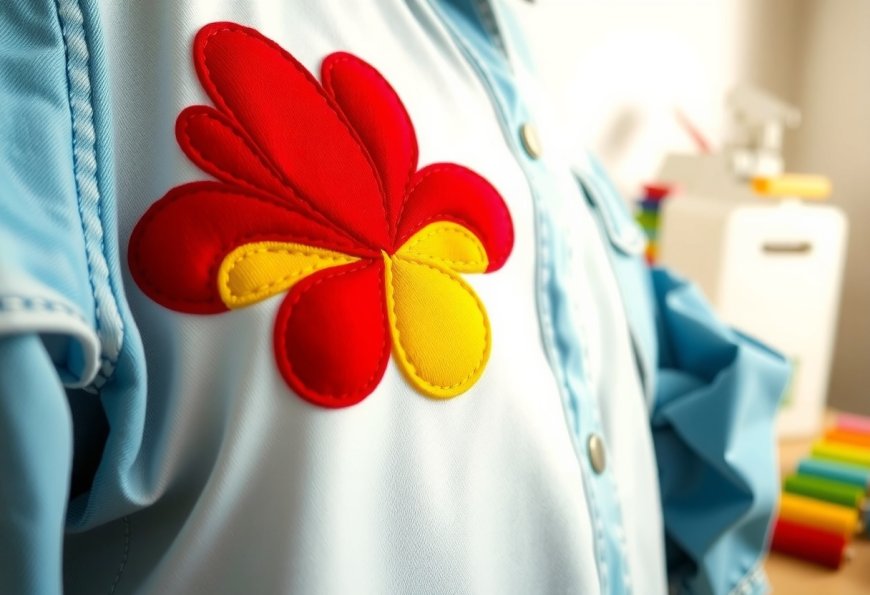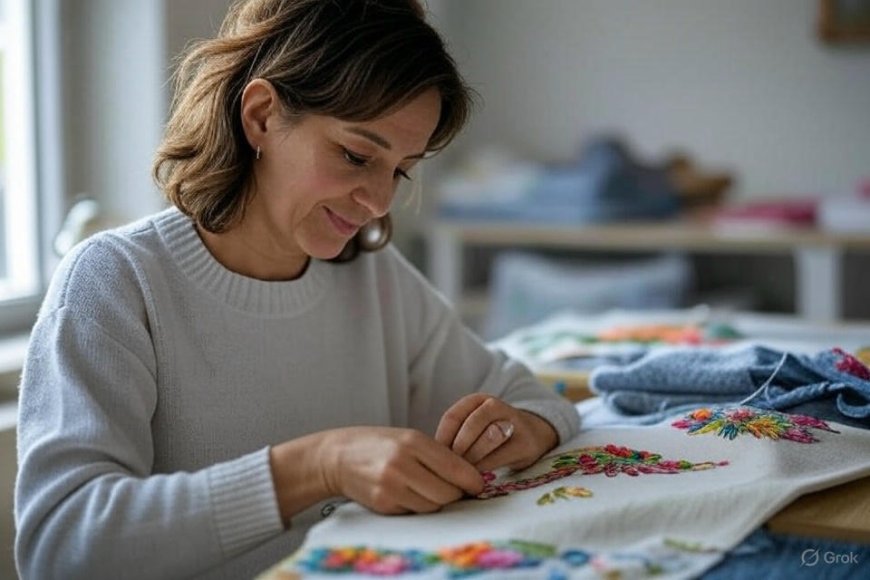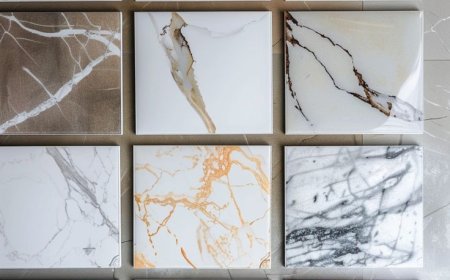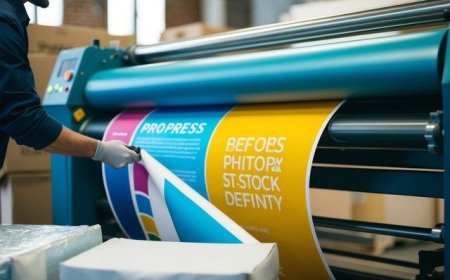Applique Embroidery Digitizing: A Complete Guide to Precision and Perfection
Discover the complete guide to applique embroidery digitizing, from benefits and techniques to file formats and commercial applications. Boost your embroidery results with expert digitizing tips for flawless applique designs.

In the world of textile decoration and apparel branding, applique embroidery digitizing stands out as a premium technique that delivers both elegance and efficiency. As a leading service provider in the embroidery digitizing space, we understand the nuances that distinguish average results from superior, commercial-grade digitized applique. In this comprehensive guide, we explore the technicalities, benefits, formats, and best practices for applique embroidery digitizing that deliver excellence every time.
What is Applique Embroidery Digitizing?
Applique embroidery digitizing is the process of converting artwork into a digital embroidery file that tells a machine where and how to stitch fabric patches onto a garment. Unlike traditional embroidery, where thread alone is used to create designs, applique combines pieces of fabric with thread to form intricate, textured, and vibrant outcomes.
This technique not only adds dimension and contrast but also reduces stitch density, making it ideal for larger designs that would otherwise be too heavy or costly in standard embroidery formats.
Benefits of Applique Embroidery Digitizing
1. Time and Cost Efficiency
Digitized applique files optimize the use of fabric and thread, allowing machines to finish embroidery tasks faster while using less thread, significantly cutting production costs.
2. Enhanced Aesthetics
The use of fabric pieces adds a visually rich layer to the design, making logos and motifs stand out with bold color blocks, textures, and materials.
3. Reduced Stitch Count
Large filled areas in a design can be replaced with fabric pieces, reducing stitch count dramatically, which minimizes thread breakage, puckering, and machine wear.
4. Customization Flexibility
From fleece to felt, denim to leather, applique embroidery offers a wider choice of materials, giving brands more freedom in customizing looks.
Key Elements of Applique Embroidery Digitizing

1. Underlay Stitches
The underlay stitch stabilizes the base material and the applique fabric. It prevents the top stitches from sinking into soft or stretchy materials.
2. Tack Down Stitch
This stitch type is used to secure the applique fabric piece to the base garment. It can be in a zigzag or running stitch, depending on the design and desired hold.
3. Border or Satin Stitch
The most prominent part of the applique, the border stitch seals the edges of the fabric, preventing fraying and giving the design a finished look.
Types of Applique Techniques in Embroidery Digitizing
1. Manual Applique
The applique fabric is manually placed and trimmed by the operator. This offers the most control and precision, suitable for small production runs or complex designs.
2. Laser Cut Applique
Pre-cut fabrics using laser cutters are applied for industrial-level precision, reducing trimming time and increasing consistency across products.
3. 3D Puff Applique
Combines foam and fabric for a raised effect. This technique is often used in sportswear and promotional caps, giving logos a bold, tactile finish.
4. Reverse Applique
Involves placing the applique fabric beneath the garment layer, then cutting out parts of the top layer to reveal the fabric underneath. Ideal for high fashion and niche apparel brands.
Best File Formats for Applique Embroidery Digitizing
For commercial embroidery machines, the digitized file must be compatible and optimized. Common formats include:
-
.DST (Tajima)
-
.PES (Brother / Babylock)
-
.EXP (Melco)
-
.JEF (Janome)
-
.VP3 (Husqvarna / Pfaff)
We always recommend .DST as the most universally accepted and stable format for industrial use.
Design Considerations When Digitizing for Applique
1. Fabric Type and Behavior
Choose applique fabrics that do not stretch excessively, do not fray easily, and can handle high-speed stitching.
2. Registration Tolerance
When digitizing, ensure the design allows for slight misalignments that can occur due to hooping shifts or fabric movement.
3. Scalable Borders
Make satin stitch borders wide enough to cover the raw edges, even if the fabric slightly shifts during the tack down.
4. Layering Logic
For multi-piece applique, digitize in sequence, beginning from the background to the foreground to avoid stitching overlap and bulk.
Common Challenges in Applique Digitizing and How to Overcome Them
1. Fabric Fraying
Use a heat-sealed edge fabric or digitize a dense zigzag tack-down stitch to avoid loose threads.
2. Misalignment Issues
Implement precise placement guides in the file and suggest machine operators use temporary spray adhesive for better fabric hold.
3. Thread Breakage
Optimize the stitch count and choose appropriate thread tensions to reduce unnecessary breaks during high-speed runs.
4. Bulky Seams
Avoid excessive satin widths and ensure underlay density is appropriate. Consider lightweight applique fabrics to minimize thickness.
Applique Embroidery Digitizing for Commercial Branding
Many top apparel brands, schools, sports teams, and fashion labels now rely on applique digitizing to create eye-catching logos, team patches, event merchandise, and uniforms. Its scalability, durability, and premium finish make it a top choice across industries.
Whether for mass production or boutique orders, applique provides a professional-grade finish that traditional embroidery cant always match, especially for large or intricate designs.
Why Choose Our Applique Embroidery Digitizing Services
We offer:
-
Same-day turnaround options
-
Manual hand-digitizing for premium quality
-
Format-specific optimization for any embroidery machine
-
Free stitch count estimates
-
Unlimited revisions until satisfaction
Each file is tested and quality-assured to ensure flawless machine execution and zero thread waste.
Conclusion
Applique embroidery digitizing is a cornerstone technique for anyone seeking elegance, texture, and production efficiency in textile design. With decades of combined experience and a team of professional digitizers, we take pride in delivering applique files that exceed industry standards.
For businesses, designers, and apparel decorators looking to stand out, investing in expertly digitized applique designs is a smart and profitable decision.







































